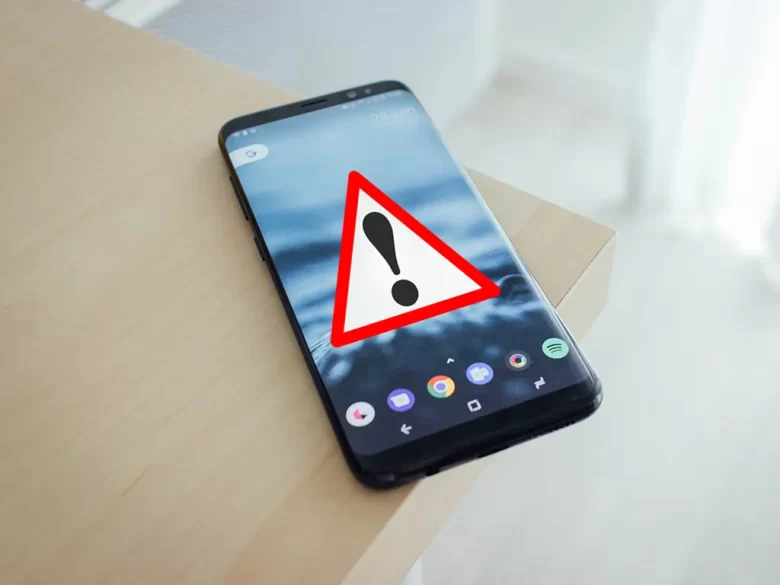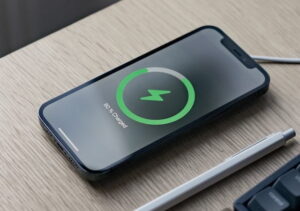Mobile phones are an important part of our daily lives, and when they don’t work properly, it can be annoying and frustrating. Understanding common phone problems, such as slow performance and connectivity issues, is the first step to solving them properly. Many problems are caused by software bugs, damaged hardware, or user error. Understanding these common problems and their causes can help you troubleshoot and repair your phone so it works perfectly again.
1. Dealing with a Slow or Unresponsive Phone
Slow or unresponsive performance is one of the most common complaints about mobile phones. This problem can be caused by several reasons, such as too much data on storage, old software, or background applications that are using too many resources. If your phone is running slowly, close and save any unnecessary apps. Check if your storage is full, and delete any files or applications that you are not using. Keeping your phone’s software up to date can also help it perform better, as updates often fix bugs and make your phone run better. As a last resort, if these steps don’t fix the problem, you can perform a factory reset. Make sure to back up your data first.
2. Troubleshoot Battery Life
Another issue that many mobile phone users face is short battery life. If your phone’s battery is draining quickly, it could be due to screen brightness, apps running in the background, or old software. First, lower the screen brightness or enable power saving mode. Check the settings of each app to see which apps are consuming the most battery life. If you notice any issues, you may want to disable them or limit their usage. Regularly updating your phone’s software can also help your battery perform better. Sometimes, hardware issues can cause the battery to malfunction. In this case, you may need to replace the battery or call a professional to repair it.
3. Troubleshoot Connection Issues
Connection issues such as Wi-Fi, Bluetooth, or mobile data issues can be very annoying. If you can’t connect to Wi-Fi, make sure your phone is in range and the network is working properly. If you’re having trouble connecting, try restarting your router or disconnecting your phone from the Wi-Fi network and reconnecting. If you’re having trouble using Bluetooth, make sure both devices are in pairing mode and within range. Also, make sure Bluetooth is turned on on both devices. If you’re having trouble with your mobile data, contact your carrier to make sure there are no outages or service interruptions in your area. You can also try restarting your phone or toggling Airplane Mode on and off to reset your phone’s connection settings.
4. Address Overheating Issues
Your phone can sometimes get too hot, especially if you’re using it for extended periods or running power-hungry apps. Several factors can cause your computer to overheat, including a screen that’s too bright, bad weather, or hardware issues. To prevent your phone from overheating, do not use your phone while it is charging, and close all open background applications. Make sure to use your phone in a well-ventilated area, away from direct sunlight and places with extremely high or low temperatures. If your phone gets too hot, this could be a sign of a hardware problem. To prevent further damage, you may want to have it repaired by a professional.
5. Troubleshooting Camera Issues
Camera issues, such as blurry photos or apps not working, can be annoying, especially if you use your phone to take photos. If the lens is dirty, the image may be blurry, so wipe it gently with a soft cloth. If the camera app is not working properly, close it and reopen it, or restart your phone. Make sure that the camera lens is not blocked by any covers or cases. Software updates can also fix camera issues, so check your phone to see if an update is available. If the problem persists, the problem may be hardware-related and you may need to have it repaired by a professional.
6. Troubleshoot the Charging Issue
If your phone is having charging issues, it may not turn on or stay charged. If your phone is not charging, first check the charging cable and adapter for any damage. Try a different charger or cable to see if the problem is with the charger or cable. You should gently clean the charging port on your phone to remove any dirt or lint that may be blocking the connection. If your phone is still not charging, there may be a problem with the battery or the hardware. In this case, you should call a professional to fix the problem.
7. Dealing with Bugs and App Crashes
Bugs and app crashes can make your phone less useful and enjoyable to use. If the app keeps crashing, try updating it to the latest version. Updates often fix bugs and make applications work better. You can also clear the app’s cache or data in your phone’s settings to fix the problem. If the problem persists, you may need to uninstall and reinstall the app. Make sure your phone’s software is up to date, as app and operating system issues can sometimes cause apps to crash. If an app continues to give you problems, you may be able to fix it by asking the app developer for help.
Conclusion
To fix common phone problems, you should follow troubleshooting and prevention steps. Understanding how common issues like slow performance, battery life issues, connectivity issues, and overheating work can help you troubleshoot them effectively. Updating software, managing app settings, and backing up data are all examples of regular maintenance that can keep your phone in good shape and prevent many problems. If the problem persists or is hardware-related, you may need to have it fixed by a professional. Staying informed and taking action can help keep your phone running smoothly.
FAQs
1. What should I do if my mobile phone is running slow?
If your phone is running slowly, close apps you’re not using, delete unnecessary files, and make sure your software is up to date. You can also get better performance by restarting your phone or doing a factory reset.
2. How can I extend my phone’s battery life?
Adjust the screen brightness, turn on battery-saver mode, view and restrict background apps, and update your phone software to get the most out of your battery. If your battery still drains quickly after performing these steps, you may need to purchase a new one.
3. Why is my phone too hot? How can I fix it?
Overheating can be caused by a bright screen, resource-hungry apps, or objects in the environment. To fix the problem, close all apps running in the background and use your phone in a cool, well-ventilated area.
4. What should I do if my phone freezes or won’t work?
If your phone’s screen freezes, press and hold the power button until your phone restarts. This is called a “soft reset.” If the screen still doesn’t work, perform a hard reset or check for a software update. Any issues that can’t be fixed may need to be addressed by a professional.
5. What should I do if my phone won’t charge?
If you notice any damage to the charging cable or adapter, clean the charging port and try a different charger. If the problem persists, it may be a hardware issue that needs to be addressed by a professional.




